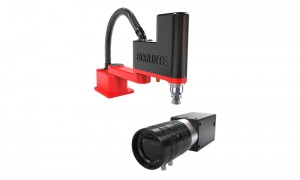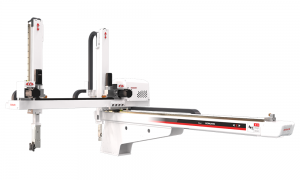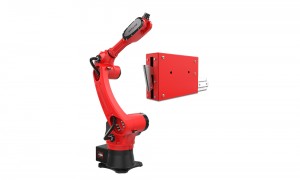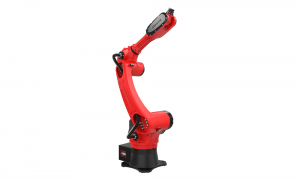
Specification

| Item | Range | Max speed | |
| Arm | J1 | ±128° | 480°/S |
| J2 | ±145° | 576°/S | |
| J3 | 150mm | 900mm/S | |
| Wrist | J4 | ±360° | 696°/S |

Product Introduction
Tool detail:
The BORUNTE 2D visual system may be used for applications such as grabbing, packaging, and randomly positioning items on an assembly line. It has the advantages of high speed and wide scale, which can effectively solve the problems of high mistake rate and labor intensity in traditional manual sorting and grabbing. The Vision BRT visual program has 13 algorithm tools and uses a visual interface with graphical interaction. Making it simple, stable, compatible, and easy to deploy and use.
Main Specification:
|
Items |
Parameters |
Items |
Parameters |
|
Algorithm functions |
Grayscale matching |
Sensor type |
CMOS |
|
resolution ratio |
1440 x 1080 |
DATA interface |
GigE |
|
Colour |
Black & white |
Maximum frame rate |
65fps |
|
Focal length |
16mm |
Power supply |
DC12V |

2D Visual System and Image Technology
The visual system is a system that obtains images by observing the world, thereby achieving visual functions. The human visual system includes the eyes, neural networks, cerebral cortex, and so on. With the advancement of technology, there are more and more artificial vision systems composed of computers and electronic devices, which attempt to achieve and improve human visual systems. Artificial vision systems mainly use digital images as inputs to the system.
Visual System Process
From a functional perspective, a 2D vision system needs to be able to capture images of objective scenes, process (preprocess) the images, improve image quality, extract image targets corresponding to objects of interest, and obtain useful information about objective objects through analysis of the targets.
Products categories
BORUNTE and BORUNTE integrators
In the BORUNTE ecosystem, BORUNTE is responsible for the R&D, production, and sales of robots and manipulators. BORUNTE integrators utilize their industry or field advantages to provide terminal application design, integration, and after-sales service for the BORUNTE products they sell. BORUNTE and BORUNTE integrators fulfill their respective responsibilities and are independent of each other, working together to promote the bright future of BORUNTE.
-
-
-

Top




















